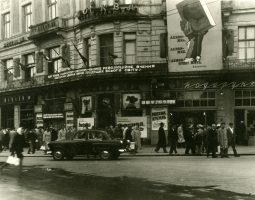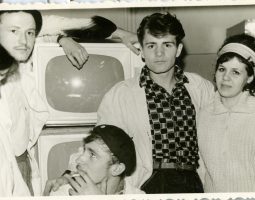Research on the two world wars of the 20th century that transformed individuals, societies, and states has produced a vast scholarly literature across various disciplines and geographies. Over the last several decades, urban perspectives have shaped research on the wars and violent conflicts of the 20th century in two ways: first, rescaling research to focus on specific localities; second, comparing, juxtaposing, and entangling these local micro-studies. Conferences, exhibitions, research projects and academic publications have largely focused on the capital cities and urban life in Western Europe. With few exceptions, we know less about the history of the cities and towns in the eastern parts of Europe, both on and behind the front lines, during periods of belligerence and post-war recovery.
Our aim is to enhance research interest in and explore urban perspectives and experiences on the extreme experiences brought by wars and changes of regimes, states, and borders in 20th century Eastern and Central Europe. The lens of urban life captures the routine and everyday dimensions of such radical ruptures and recoveries. The projects realized within this larger research theme are designed to combine micro perspectives and an urban history focus with the approaches of comparative, entangled, transnational, and global history. While direct comparison of the two world wars is not our primary aim, such a chronological frame opens up the possibility for methodological conversations between individual studies, as well as rethinking longer trajectories in experiencing, coping with, remembering and representing violent conflicts and recoveries. By focusing on encounters, networks, transfers, and transformations our research projects explore wartime and postwar changes in urban cultural and social life, as well as the built environment.
The research focus "Cities, Wars, and Recoveries" includes a set of individual and collaborative projects on cities in Eastern Europe, academic workshops and conferences, as well as public history formats. Launched in 2015, it will be developed to include more individual research projects as a part of the Center’s research agenda for the next five years.
Credits
Сover Image: In front of Town Hall in Lemberg/Lwów/Lviv, November 1918, Photo from the Stepan Haiduchok Collection, Krypiakevych Family Archive














